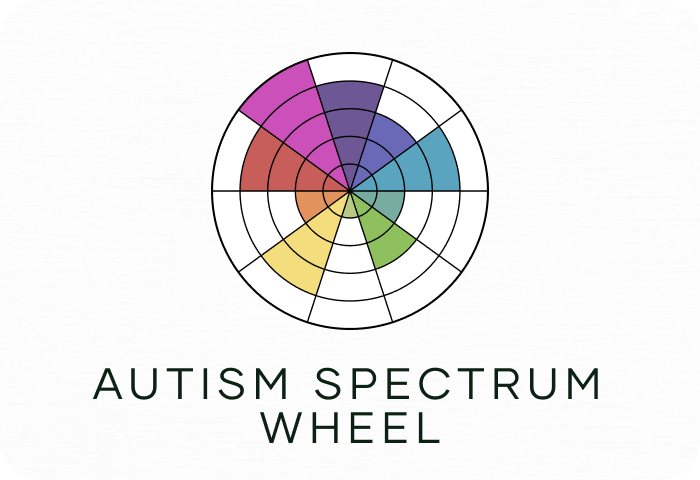We often hear about the Autism “spectrum”, but it’s really more of a wheel.
The autism wheel is a circular diagram divided into different sections — each representing a domain of functioning (like communication, sensory processing, or executive function). Instead of a single “level” of Autism, each person has different degrees of ability or difficulty in each area.
When you plot these differences around the circle, the shape that forms often looks spiky or uneven — illustrating how autistic traits vary widely within one person.
Common Domains on the Autism Wheel
Sensory processing – sensitivity to sound, light, textures, etc.
Social communication – understanding tone, body language, or conversational flow.
Executive functioning – organizing, planning, and managing time.
Motor skills – coordination or fine motor control.
Emotional regulation – recognizing and managing emotions.
Information processing – how quickly or deeply someone interprets information.
Focus and attention – hyperfocus vs. distractibility.
Language – understanding or expressing verbal communication.
Understanding Your Autistic Self
Therapy can help you unlearn the pressure to “fit in,” reconnect with your authentic self, and build a life that works with your brain — not against it.
Discovering you’re autistic — whether recently or long ago — can be life-changing. For many adults, it brings a deep sense of clarity: “There’s nothing wrong with me — I just experience the world differently.”
Autism isn’t a disorder to be cured; it’s a neurotype — a distinct way of thinking, processing, and being. Autistic adults often have incredible empathy, creativity, attention to detail, and depth of thought. Yet, living in a world built for neurotypical norms can lead to exhaustion, anxiety, or self-doubt.
A Neurodiversity-Affirming Approach
My approach is grounded in the belief that autism is a natural part of human diversity. I do not aim to make you “less autistic.” Instead, our work focuses on self-understanding, balance, and self-compassion.
In our sessions, we might:
Explore your autistic identity and how it shapes your experiences
Understand sensory needs and design environments that reduce overwhelm
Heal from masking, burnout, or rejection
Build tools for executive functioning, emotional regulation, and boundaries
Strengthen self-advocacy and communication in relationships and work settings
Cultivate self-acceptance and pride in your neurodivergent identity


